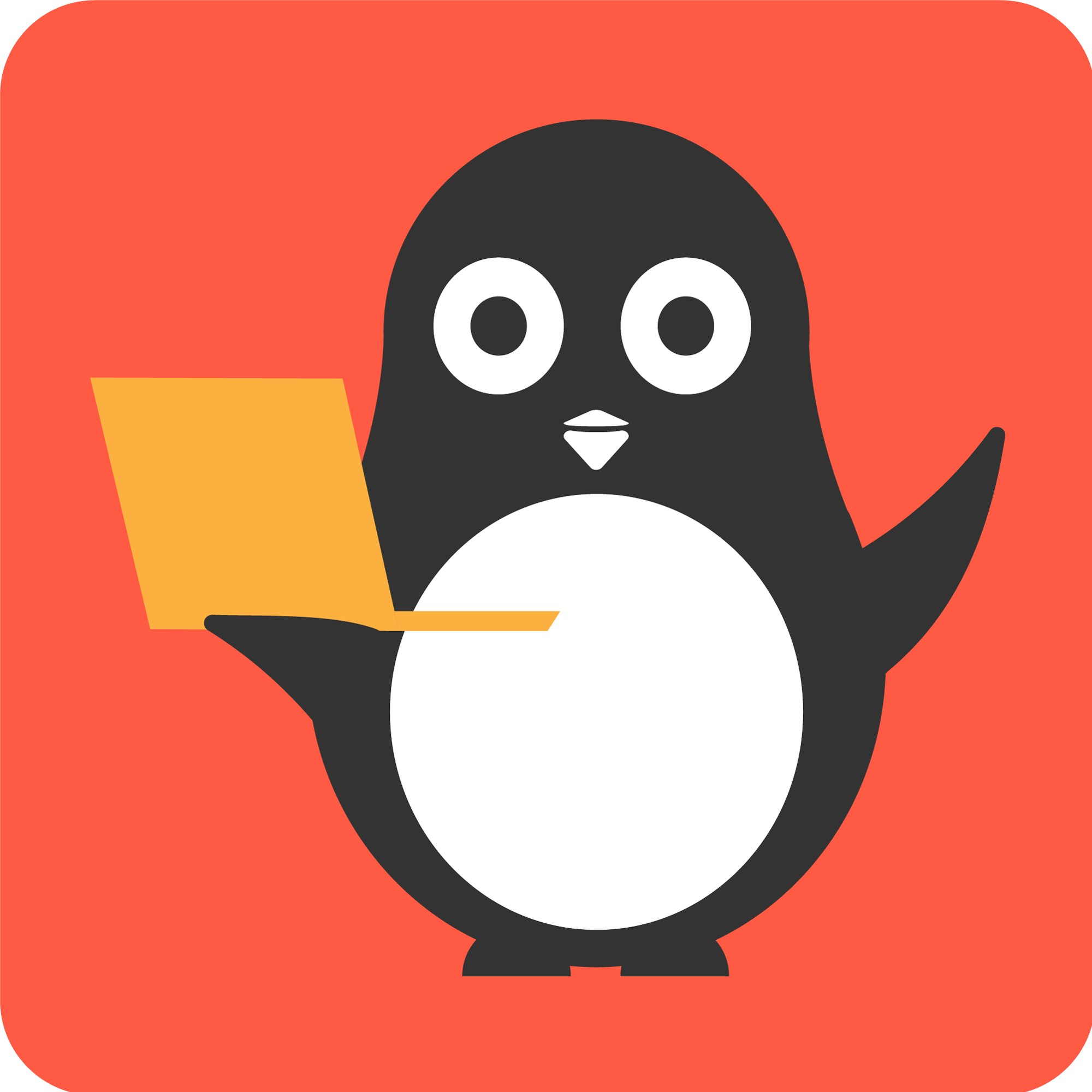Python for Kids: A Parent's Guide to Introducing Programming
 Codingal
CodingalIn today's digital age, programming has become an essential skill for children to learn. It not only equips them with problem-solving abilities but also enhances their logical thinking and creativity. Python, a versatile and beginner-friendly programming language, is an excellent choice for introducing kids to coding. In this article, we will explore why Python is suitable for kids and how parents can guide their children in learning this powerful language.

Why Python?
Python has gained immense popularity among beginners, including kids, for several reasons:
Easy to Read and Understand: Python has a syntax that is designed to be readable and intuitive. Its code resembles plain English, making it easier for kids to grasp the concepts without getting overwhelmed.
Simple and Versatile: Python is a versatile language that allows children to start with basic programs and gradually progress to more complex projects. It offers a wide range of libraries and tools that make it suitable for various domains such as web development, data analysis, game development, and more.
Interactive and Fun: Python provides an interactive shell, where kids can experiment with their code and see immediate results. This instant feedback encourages them to explore and play around with different programming concepts, making the learning process enjoyable.

Getting Started with Python
As a parent, you can help your child get started with Python by following these steps:
Set Up the Environment: Install Python on your computer or laptop. The official Python website (python.org) provides downloads and installation instructions for different operating systems. Alternatively, you can use online Python coding platforms that require no installation.
Introduce the Basics: Begin by explaining the fundamental concepts of programming, such as variables, data types, loops, and conditional statements. There are various online tutorials and resources specifically designed for teaching Python for Kids, such as interactive websites, video tutorials, and coding games.
Encourage Hands-on Practice: The best way for kids to learn Python is by writing code themselves. Encourage them to start with simple programs like printing messages or solving basic math problems. Gradually, they can move on to more exciting projects, such as creating a simple game or building a website.
Explore Projects and Challenges: As your child gains confidence in Python, encourage them to take on more challenging projects. There are numerous resources available online that provide step-by-step instructions for creating games, animations, and interactive stories. Additionally, coding competitions and challenges can motivate them to apply their skills and learn new concepts.
Foster Creativity and Problem-solving: Python offers endless possibilities for creativity. Encourage your child to think critically and find innovative solutions to problems. They can create their own projects, such as designing a personal website, developing a chatbot, or analyzing data from a favorite video game.
Support Collaboration and Community: Python has a vast and supportive community. Encourage your child to join coding clubs, forums, or attend coding workshops where they can meet other young programmers and learn from experienced mentors. Collaborating with peers and sharing their projects will boost their confidence and broaden their horizons.

Benefits of Learning Python
Learning Python not only equips kids with programming skills but also provides several other benefits:
Enhanced Problem-solving Abilities: Programming teaches children to break down complex problems into smaller, more manageable parts. It enhances their analytical thinking and helps them develop logical strategies to solve problems efficiently.
Improved Computational Thinking: Python introduces kids to computational thinking, which involves understanding how computers process information. It teaches them to approach problems logically, think algorithmically, and analyze data effectively.
Creativity and Innovation: Python allows children to express their creativity through coding. They can develop their own games, design interactive websites, or create animations. This fosters their imagination and empowers them to turn their ideas into reality.
Career Opportunities: In today's technology-driven world, programming skills are highly valued. Learning Python at a young age gives children a head start in acquiring essential skills for future career opportunities in fields like software development, data science, artificial intelligence, and more.
Conclusion
Introducing python for teens can be a rewarding experience for both parents and children. Python's simplicity, versatility, and fun factor make it an ideal choice for young learners. By guiding your child through the basics, encouraging hands-on practice, fostering creativity, and providing opportunities for collaboration, you can help them embark on a journey of programming and set them on a path towards a bright future in the digital world.
Subscribe to my newsletter
Read articles from Codingal directly inside your inbox. Subscribe to the newsletter, and don't miss out.
Written by

Codingal
Codingal
Codingal is on a mission to inspire school kids to fall in love with coding. Coding helps develop logical thinking and problem-solving skills. Coding jobs are the future. They already constitute more than 60% of all the jobs in Science, Technology, Engineering, and Math. While still in school, those who start young will be ahead of everyone by the time they get into college. They will be creators of the future.